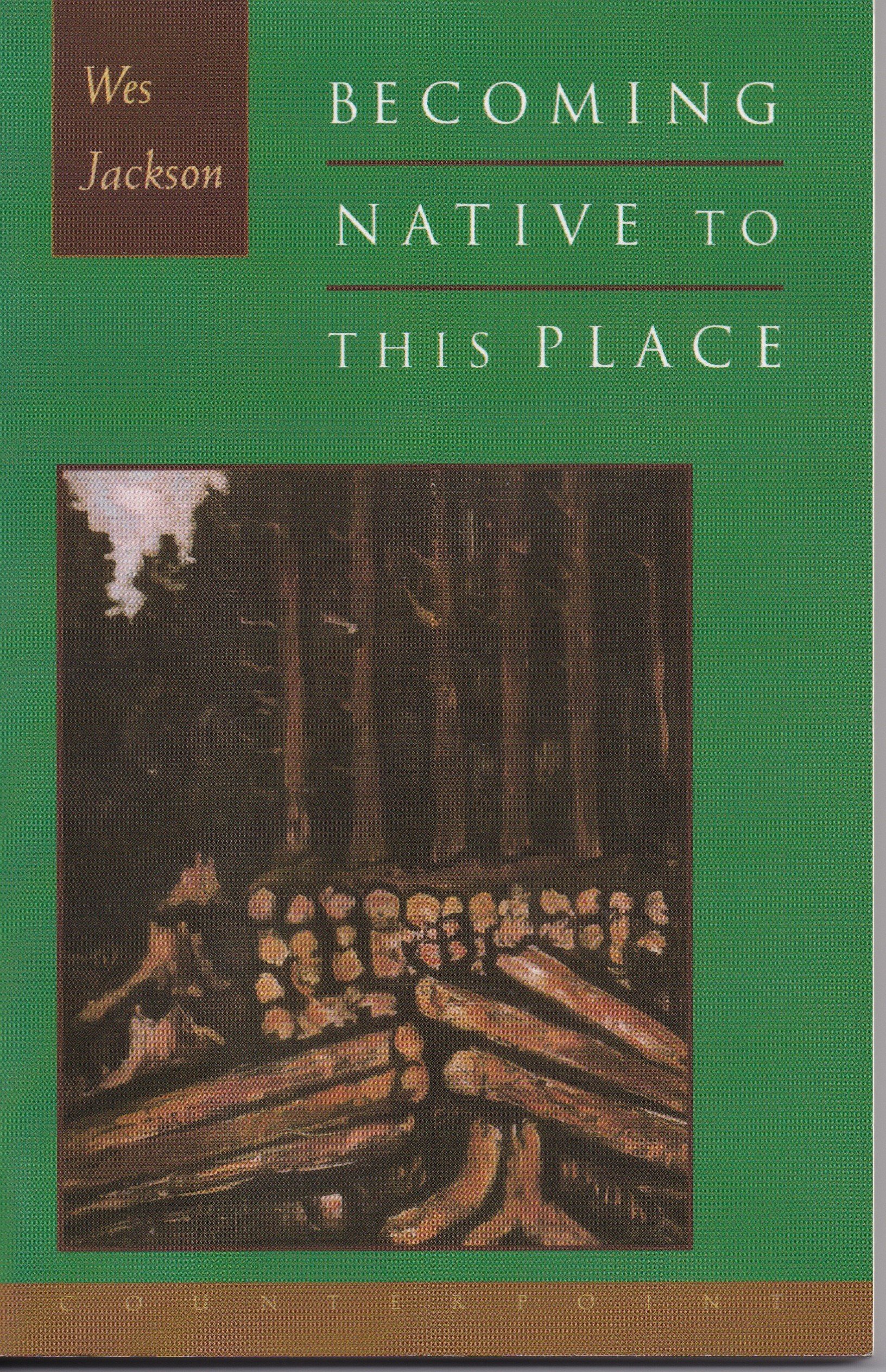The first step towards sustainability: “Becoming native to place”
“Haere atu ra” (Farewell) • Henrik Moller
I spent three evenings and mornings photographing an urupā (cemetery) at Koputauki, about 10 km north of Coromandel township, New Zealand. The urupā sits in a bare paddock, right on the edge of a beach. It was a profoundly moving and spiritual place which I struggled to record adequately with all my inexperience with a camera (click on the image above for photo details).
Why did that place move me so much? And what would an urupā tell us about sustainability?
Identity & belonging in Aotearoa New Zealand
For me, nothing speaks to me more of occupation, roots and whakapapa (knowing who you are and where you belong) than an urupā (Māori cemetery). To come to know and love a place is a huge motivator to defend it for yourself, your family and community. True, some environmentalists are fighting for the planet, but for many of us it is more about defending home.
Kevin Prime, an elder of Ngāti Hine, once told our gathering of ecological researchers at Motutau marae that his iwi (tribe) had decided not to use the term Tangata Whenua (“People of the Land”). They thought that it precipitated needless and unhelpful anxiety in conversations with their Pākehā neighbours. Kevin explained that one definition of being Tangata Whenua was having eaten something grown from a place – so he suggested that we all plant radishes - we can then become Tangata Whenua in 24 days!
But of course, it also starts to run deeper than that. As you stay on, your relationship with the land deepens. You may bear children and bury their whenua, the Māori word for both a placenta as well as for land (how’s that for a lesson in itself?!). Eventually you may bury your parents and their iwi (bones) will become part of the land.
For me, a Danish-born immigrant, Kevin’s whakaaro (opinion) was a profoundly welcoming lesson from Ngāti Hine. Identity and place sit at the heart of the commitment to live well and ethically in your tūrangawaewae, (your place to stand) where you grow your food and children. I have no doubt that I am a New Zealander now – this finally settled when my first child was born. This is where my three children are making their stand. It’s where they will bury my wife and me, and perhaps where they will grow their own children.
“Becoming native to place”
Wes Jackson is a wonderful American environmental philosopher, environmental advocate and educator. He is an inspirational leader of The Land Institute, a global movement for promoting sustainable agriculture that emphasises the need to develop a ‘land ethic’ for sustainability. Wes wrote about this whole process in his book, “Becoming Native to This Place” (1994).
“Becoming Native to This Place” - Wes Jackson, 1994. University Press of Kentucky. ISBN 1-887178-11-2
In its prologue, Wes says:
To a large extent, this book is a challenge to the universities to stop and think what they are doing with the young men and women they are supposed to be preparing for the future. The universities offer only one serious major: upward mobility. Little attention is paid to educating the young to return home, or to go some other place, and dig in. There is no such thing as a “homecoming” major. But what if the universities were to ask seriously what it would mean to have as our national goal becoming native to this place, this continent? We are unlikely to achieve anything close to sustainability in any area unless we work for the broader goal of becoming native in the modern world, and that means becoming native to our places in a coherent community that is in turn embedded in the ecological realities of its surrounding landscape”.
That’s what this urupā brought to my mind and why it brought me back again and again at dawn and dusk to catch the light (and eventually with a step ladder to photograph over the cemetery).
Climate change from over the horizon
Later the photograph took on even more significance for me. I was shocked to learn from the mana whenua (owners of that place) that they are fighting to stop the Koputauki Urupā from being eroded away because climate change is causing sea-level rise. How distressing and unjust to have to protect their tupuna (ancestors) from a threat coming from far away, and well beyond their control as kaitiaki (environmental guardians) of that sacred place. So we are often left with defending our own place and home as best as possible without being able to greatly attack the source of the threats from far away.
Some aspects of sustainability challenges are profoundly unjust.
Join the Conversation!
Please add your thoughts to our discussion blog below. You can also see other images of the urupā here and several other images that underscore the links between identity and place in our ‘Places-Tūrangawaewae’ gallery.
What do you reckon? Click one of the buttons below!



